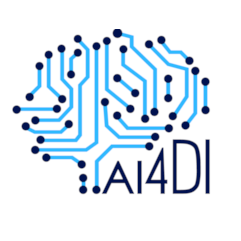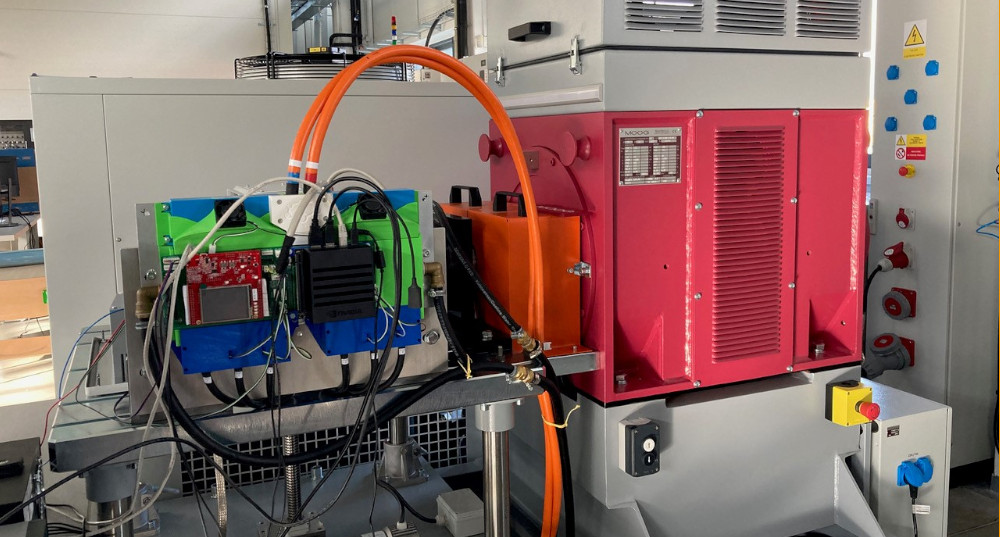AVL, BUT, TTTech, TUG, TIAG
The demonstrator integrates a combination of AI methods and mathematical damage models connected to the operation of an e-motor unit for real-time failure prediction and diagnostics. To evaluate and monitor the asset's current health status, the system processes operation data in real-time on the edge to detect anomalies and conclude upcoming failure occurrences or required maintenance actions. After failure detection, the health-monitoring system alerts the control unit, which guides the system into a safe state to avoid failure propagation and further damage to machinery or, in the worst case, even personal injury. Three core demonstrator functions are real-time condition monitoring and diagnosis, fault prediction, and preventive task prescription.
Beyond state-of-the-art developments and impacts
Artificial intelligence has significant potential in embedded systems that operate on edge devices, which is also the case of electric powertrains. Neural network quantisation, optimisation, and integration in real-time environments are the key topics and enablers. The utilisation of such a diagnostic system increases the powertrain's reliability and availability and supports the developments in future autonomous vehicles. By running AI applications and other complex applications at the edge of the network, manufacturers can avoid the costs associated with high-capacity cloud servers and high-volume data transfer capabilities.

